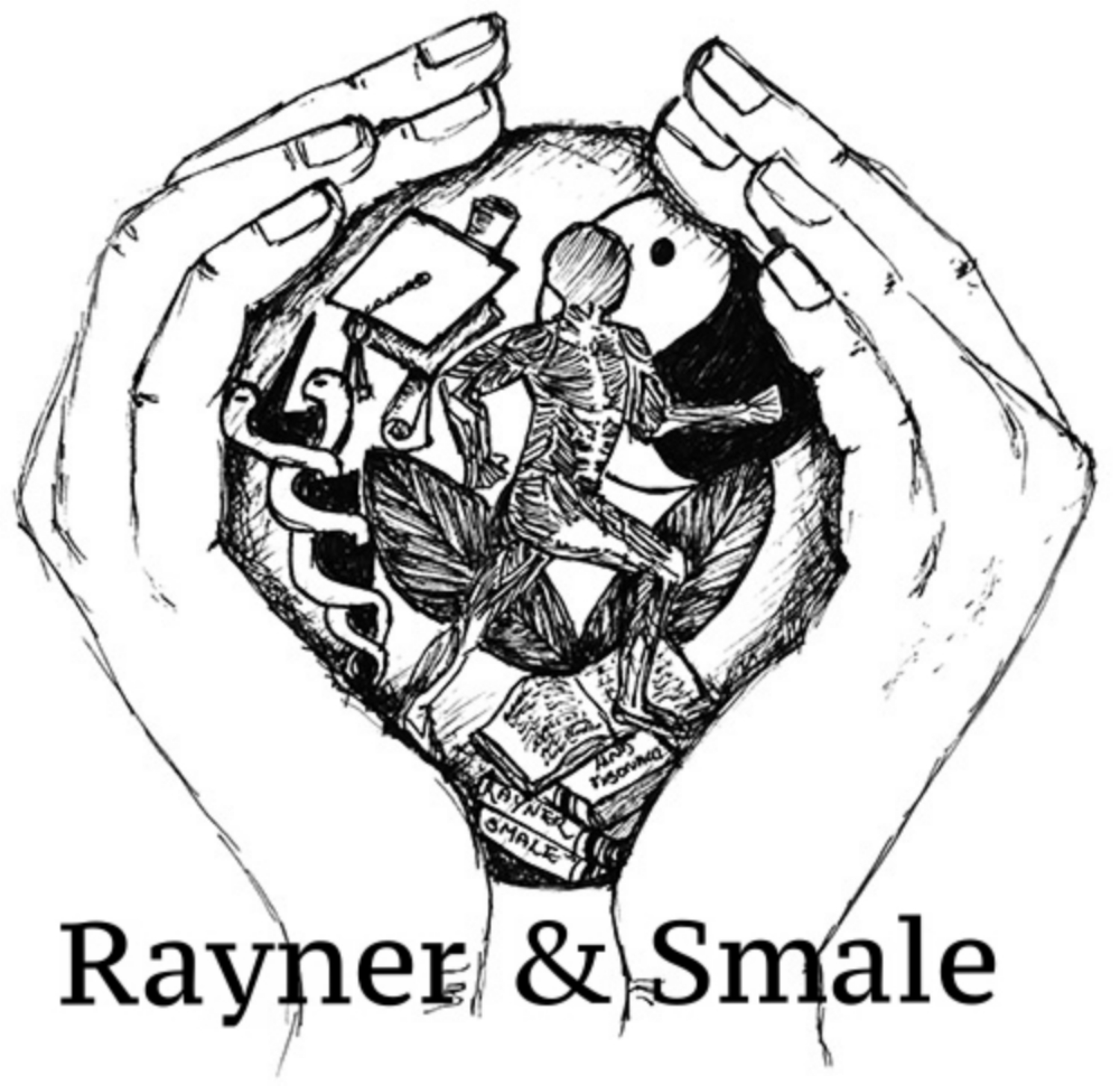Words of Wisdom from Peter O'Sullivan
I recently moved house and, while packing, found a workbook with "words of wisdom" written while attending a Peter O'Sullivan course. As well as a few pages of scribbled notes to Sian (who sat next to me), I was overwhelmed by the language Peter used, particularly with two "persistent pain" patients. Sian's very first blog, following a lecture by David Butler, describing the impact of our words on the patient's perception of their problem.
Peter O'Sullivan is a true master, I was lucky enough to complete physiotherapy at Curtin University, where Peter wrote our syllabus. Peter has changed the way physiotherapists treat low back pain, and hopefully all musculoskeletal and sports injuries. He is recognised internationally as a leading clinician, researcher and educator in the management of complex musculoskeletal pain disorders. Peter is at the forefront of research in chronic low back pain and one of his main goals is to reduce the gap between what science tells us and what clinicians and patients know. Along with his team from Western Australia, he continues to drive the revolution of changing how we view and manage back pain, from a pathological model to a conceptual model.
As Greg Collis-Brown once told me, all expert physiotherapists (Maitland, Mulligan, McKenzie, Jull, Elvey) had the same thing in common, they were expert clinicians with expert clinical reasoning first, who then developed an approach. While Peter has provided a wealth of literature and continued to progress our profession, essentially he is an exceptional clinician. Peter is brilliant, honest, genuine, straight forward and he simply talks to his patients. He chooses his words carefully, he clarifies what they mean by something, what something means to them and what they have learnt. And from what I've seen, it leads to a far better outcome, better rapport and better results with patient recovery.
The following phrases resonated with me:
- I'm interested in...That's very important...
- How are you coping? Because I'm hearing...
- How does that feel for you? What is that telling you? In what way? In what sense?
- From what you're describing...
- When you say - - -, what do you mean by that?
- Has a diagnosis been given to you? What is your understanding of what's going on?
- I'm not hearing that you have any strategies to deal with your pain, except avoiding...
- I'm not seeing a structural reason for your pain, but I am seeing a functional reason.
- This is what I'm thinking but I want you to test it. Do you have any questions for me?
- If someone asked you what happened today, what would you tell them?
Below is a video demonstrating Peter's approach. There are several similar references freely available online if you wish to learn more about his manner and approach to assessment, clinical reasoning and communication style.
The following concepts challenged my clinical reasoning of chronic low back pain:
When it comes to diagnosis we really to to ask ourselves... does naming a structure change how we manage it? For some reason, clinicians don't feel comfortable with this conceptual framework and we are always looking to label something. Its almost a way to blame a structure. Peter encourages us that we need to become more comfortable with the concept of a blurry diagnosis. In fact, 85% of people with low back pain are labelled as non-specific chronic low back pain. So a blurry diagnosis is used in the majority of diagnoses.
The number one predictor of disability is fear. This means we need to take special care in clarifying what our patients hear us say and what this means to them. Spending time educating patients goes a long way to reducing fear, anxiety, hypersensitivity and can put a stop to thought viruses that create barriers in recovery.
When using medical imaging it is very important to clearly interpret what is a normal finding and abnormal finding and explain to our patients that many degenerative changes in the spine are a normal part of ageing. If we don't address how our patients conceptualise or interpret medical imaging it can give them negative beliefs about recovery.
The final point that Peter really made me think about was the choices I make everyday about the vocabulary I use. We should avoid phrases that promote fear, negative beliefs about recovery and reinforce the idea of structural damage and hurt = harm. Instead we should use phrases that encourage normal movement, resiliency, a healthy active outlook on recovery and understanding about pain.
Summary
After attending Peter's course I realised that the words we choose to use are so powerful and can send very strong messages to those listening. But if we don't take the time to check what people interpret from what we say, the messages can change from being powerful and empowering, to disabling. Ask your patient's "what does that word mean to you?".
"Words are singularly the most powerful force available to humanity. We can choose to use this force constructively with words of encouragement, or destructively using words of despair. Words have enery and power with the ability to help, to heal, to hinder, to hurt, to harm, to humiliate and to humble." Yehuda Berg
Take the time to clarify by asking "what have you understand from that?" Just like me, you'll be surprised how easily misconceptions start & how easy they can be prevented through education.
Alicia
